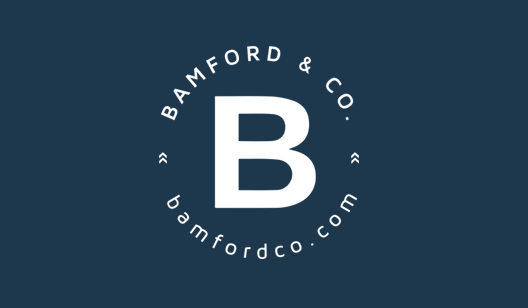How to decide if you should lock in your mortgage rate or stay with your variable rate
If you’ve been watching your mortgage payments go up this year, wondering when the increase will end, you are not alone.
In the past, variable-rate mortgage holders saved more money than those who went with a fixed-rate mortgage. That’s because they were able to take advantage of long periods of lower interest rates. While that may have been true, there are many homeowners currently on a variable-rate mortgage that have felt the squeeze as the Bank of Canada (BoC) has increased interest rates. And it isn’t likely to let up anytime soon.
On Dec. 7, 2022, the BoC increased rates again by another 50 basis points. That would make it the seventh increase since March, for a total increase of 375 basis points or 3.75%. From a homeowner’s perspective, that’s going to add even more to their monthly payment. Naturally, those feeling the squeeze on their budgets might consider going to a fixed-rate mortgage. But before you take the leap, it is good to know all your options.
How rising interest rates affect your monthly payments
To begin, there are two types of variable-rate mortgages: fixed payment and adjustable rate mortgages.
With a fixed payment variable-rate mortgage, your monthly payments stay the same each month. When rates rise and fall, what changes is the amount of your payment that goes toward interest.
As rates increase, more of your payment goes toward interest, instead of your principal. This extends your amortization schedule, which is the length of time it will take to pay off your property. Eventually, you’ll hit your trigger rate, which is where your interest payments exceed your total payments. When that happens, your lender will require you to adjust your payment amount, so you’re back to building equity.
With adjustable-rate mortgages (ARM), the amount you’re paying monthly increases or decreases based on your lender’s prime rate. For example, if your ARM is prime -1 and your bank’s prime rate is 3%, your mortgage payment would be calculated at 2%.
Now let’s see how rising interest rates would affect a homeowner with a $500,000 ARM on a 25-year amortization schedule. We’ll assume that they’re on monthly payments:
- 2% interest rate – $2,117.26
- 3% interest rate – $2,366.23
- 4% interest rate – $2,630.10
- 5% interest rate – $2,908.02
- 6% interest rate – $3,199.03
In this scenario, if the homeowner started their ARM at 2%, and they were now at 5%, their payments would have increased by nearly $800. Another 1% increase and the difference would be over $1,000.
Every mortgage is different. Each lender sets its own prime rate and offers homeowners different discounts when taking a variable-rate mortgage. The example above shows how increasing rates would have affected your mortgage as rates continue to climb.
As always, if you need help buying or selling a home or getting support to buy a home do not hesitate to contact Gregg or Ryan Bamford.




